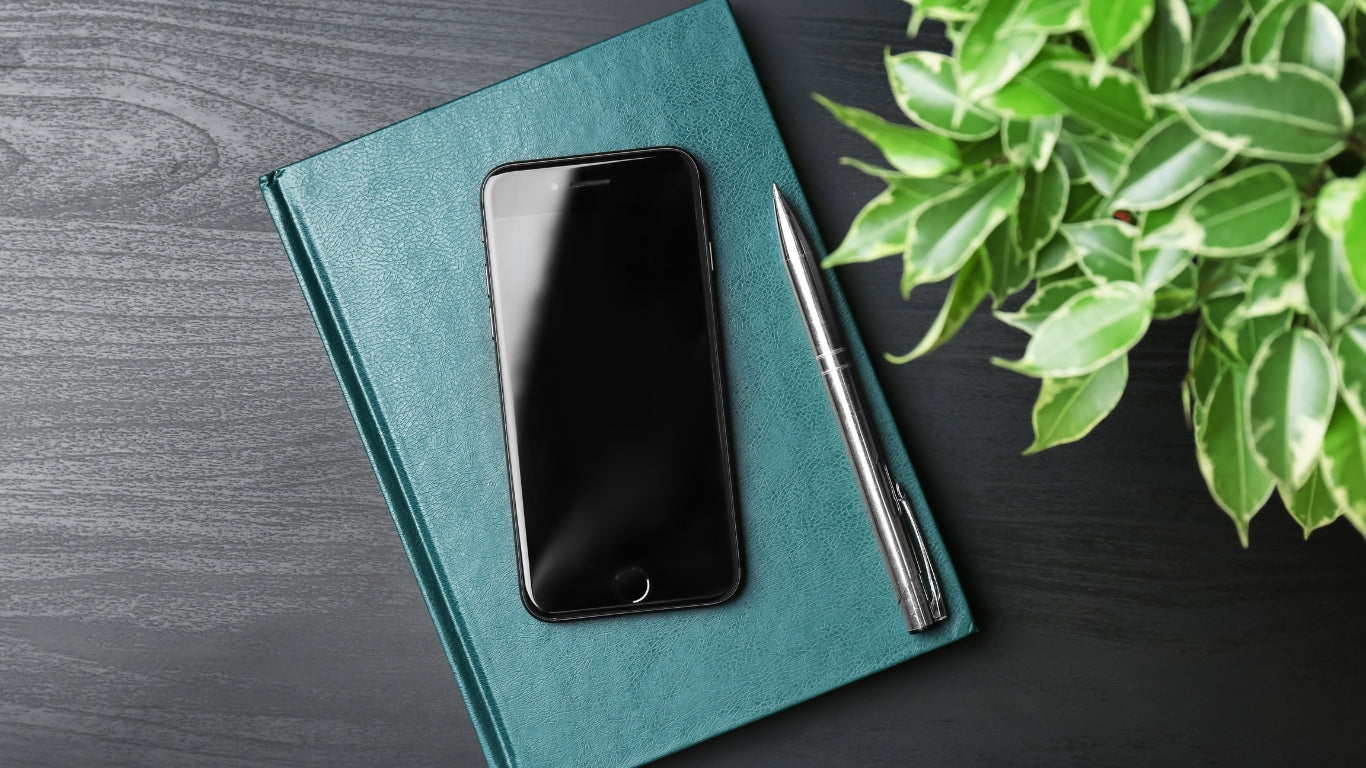Scratches on your phone screen can be more than just annoying, they can impact visibility, touch sensitivity, and the overall appearance of your device. As people in the UK spend over 3 hours a day on their phones, it’s no surprise that screen damage is a common issue. At Imfixed, we’re here to help you restore your phone to its best condition, whether you’re dealing with light surface scratches or deeper screen problems.
Let’s get one thing clear, DIY scratch removal methods can only go so far. If you’re dealing with deep scratches or cracks, it’s always best to let professionals like us handle the repair. But for light scuffs, there are a few at-home techniques that may temporarily improve your screen’s appearance.
Can You Fix Scratches Without Replacing the Screen?
Yes, but only minor ones. Polishing the phone screen can reduce the appearance of small scratches, but it won’t completely remove deep marks. For proper restoration and guaranteed results, it’s best to book a professional repair with us at Imfixed.
Household Methods to Try (With Caution!)

Before we go any further, remember: do not use water excessively during any of these methods. Liquid damage is a real risk, and if your phone has already been exposed to moisture, bring it straight to us for assessment.
1. Toothpaste
Toothpaste is mildly abrasive, meaning it can sometimes buff out light scratches on phone screens. Use a non-gel, paste-based toothpaste on a soft cloth and gently rub the screen in circular motions. It may reduce the visibility of fine lines, but be careful, overdoing it might worsen the condition.
2. Magic Eraser
These sponges act like super-fine sandpaper. Wet slightly and gently rub the scratched area. Don’t press too hard or use excess water. If you’re unsure, let our techs handle it for you. We’ve got years of experience managing delicate screen repairs.
3. Baking Soda Paste
Mix two parts baking soda to one part water and apply it in a circular motion using a cloth. This can work for superficial scratches, but again, water exposure should be kept to an absolute minimum.
4. Car Products (With Caution)
Some people swear by car waxes and headlight restoration creams. While these might work for polishing, they’re not designed for electronic devices. If you value your phone, skip the car products and let us take over. It’s what we’re here for.
5. Pencil Erasers
A standard, soft pencil eraser can be used in gentle circular motions. It might help temporarily mask tiny scratches, but won’t fix structural issues.
Why Trust Imfixed?
If your phone screen is scratched, flickering, or showing odd colours or lines, it could point to deeper hardware or software issues. These might be due to a drop, liquid exposure, faulty apps, software bugs, or insufficient storage. Whatever the cause, our team at Imfixed offers professional phone repair with a price match promise and 12-month warranty.
We don’t just treat surface scratches, we fix the root cause of screen damage, ensuring long-lasting performance and visual clarity. Unlike temporary DIY fixes, our repairs are backed by a warranty, and you don’t lose your data.
Common Questions
What if I live far away?
No problem. You can book your repair online and post your device to us. We’ll handle the rest.
Do you repair iPads too?
Yes! We cover iPhones, iPads, tablets, laptops and game consoles.
How much warranty will I get?
Every repair comes with a full 12-month warranty.
Will I lose my data during the repair?
No, your data remains safe with us.
How much does it cost to fix a phone screen?
It varies by model. You can check your phone model and get a quote on our site or pop into our shop.
Final Thoughts
DIY tricks like toothpaste and baking soda might help with superficial scuffs, but they’re no substitute for a proper repair. If you want your phone looking brand new, without risking damage or data loss, let Imfixed take care of it.
We specialise in iPhone screen repair, Samsung screen repair, and more. Whether you’re in Wigan, Bury, or beyond, you can trust us to bring your phone back to life.
Ready to get started? Book your repair today.


Share:
Best iPhone Screen Protectors for 2021
Are iPhones Still Waterproof If They Have A Cracked Screen?